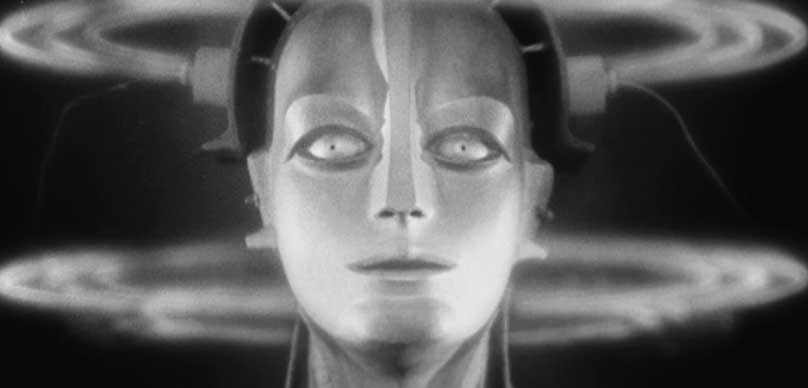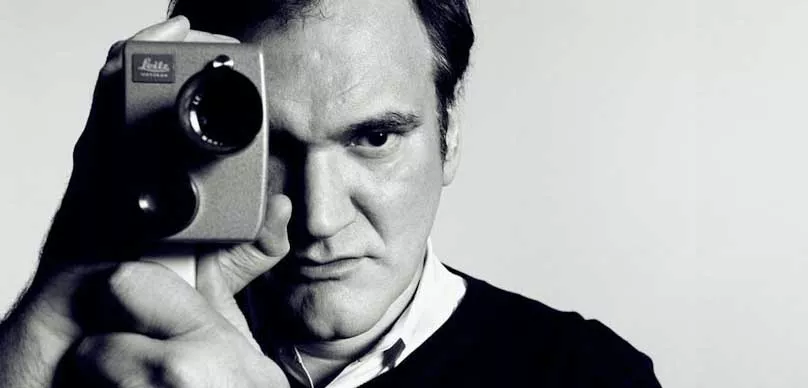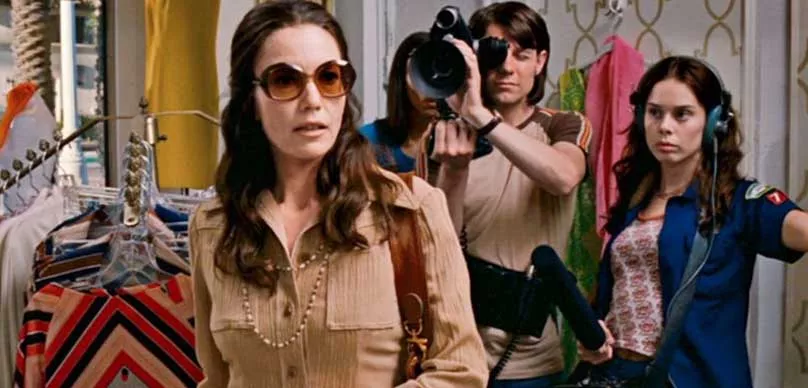German Expressionism (1919-1926)
German life in the 1920s wasn’t exactly all sunshine and rainbows and dancing until the cows came home. It was more like War was Hell, we lost, life really sucks, and we’re just going to wallow in it for the next seven years or so. German Expressionism pulled out all of the stops to view life through an extremely dark lens.
Characteristics of German Expressionism Film
If you thought movies of the French Impression Movement were dark and disjointed and at times pretty psychotic, lookout. The movies of the German Expression movement were extremely dark, like really, really dark, and were the things that nightmares were made of, and did I mention that they were depressing as Hell and downright disturbing.
Can you imagine walking out of the theaters of the time? Talk about feeling unsettled and needing a drink!
It’s little wonder that this movement blazed an eerie path leading to the famous Universal Studios horror films. The movies were dark, stark, with angular, shadowy characters like in the classic Nosferatu.
The atmosphere was everything, and keep in mind that we’re talking about this movement as being part of the overall Silent Film era.
German Expressionism Movement Movies
Some of the more notable movies of the German Expressionist movement include Fritz Lang’s Metropolis, The Cabinet of Dr. Caligari, Destiny, Golem, Fury, and Dr. Mabuse and the Gambler, just to mention an unsettling few.
Influential German Expressionism Directors
Some of the most prolific directors during the German Expressionism Movement included Fritz Lang, Robert Wiene, and F.W. Murnau. It’s also interesting to note that both Lang and Wiene were also actors from time to time.
Fritz Lang was given the moniker of The Master of Darkness by the British Film Institute.
Storytelling
As stated before, life wasn’t a picnic. They were an exploration of our darkest selves and our deepest fears.
Metropolis gave audiences a nightmarish glimpse into the future, where a heroine tries to unite the working classes together. H.G. Wells himself dismissed it as trite and simplistic, while others were not too crazy about the Communist subtext. Its running time of 153 minutes turned out to be a bit of a slog, and it was trimmed for length immediately after the premiere.
One can easily see the film’s visual style reflected in many modern-day science fiction masterpieces such as Ridley Scott’s Blade Runner and Stanley Kubrick’s 2001: A Space Odyssey.
Nosferatu (1922)
starring Max Schreck as the bug-eyed, long-fingered Count Orick, was an unofficial and unauthorized “adaptation” of Bram Stoker’s Dracula. Stoker’s estate sued the filmmakers and all copies of the film were ordered to be destroyed, but a few copies managed to survive, and to this day the film is heralded as an influential masterpiece of cinema.
The Cabinet of Dr. Caligari
The film told the story of an evil hypnotist who uses an unwitting sleepwalker to commit murder.
Spoiler Alert: It actually turns out that the whole story was a delusion, and the subtext seemed to imply the German psychological need to place their will and their trust into the hands of a madman (AKA Adolf you-know-who). Ironically, Dr. Caligari ends up becoming an inmate in his own asylum.
Roger Ebert hailed it as the first true honor film, while another reviewer called it cinema’s first cult film and the precursor to art house films. It is also widely considered to be the quintessential work of German Expressionist cinema.








